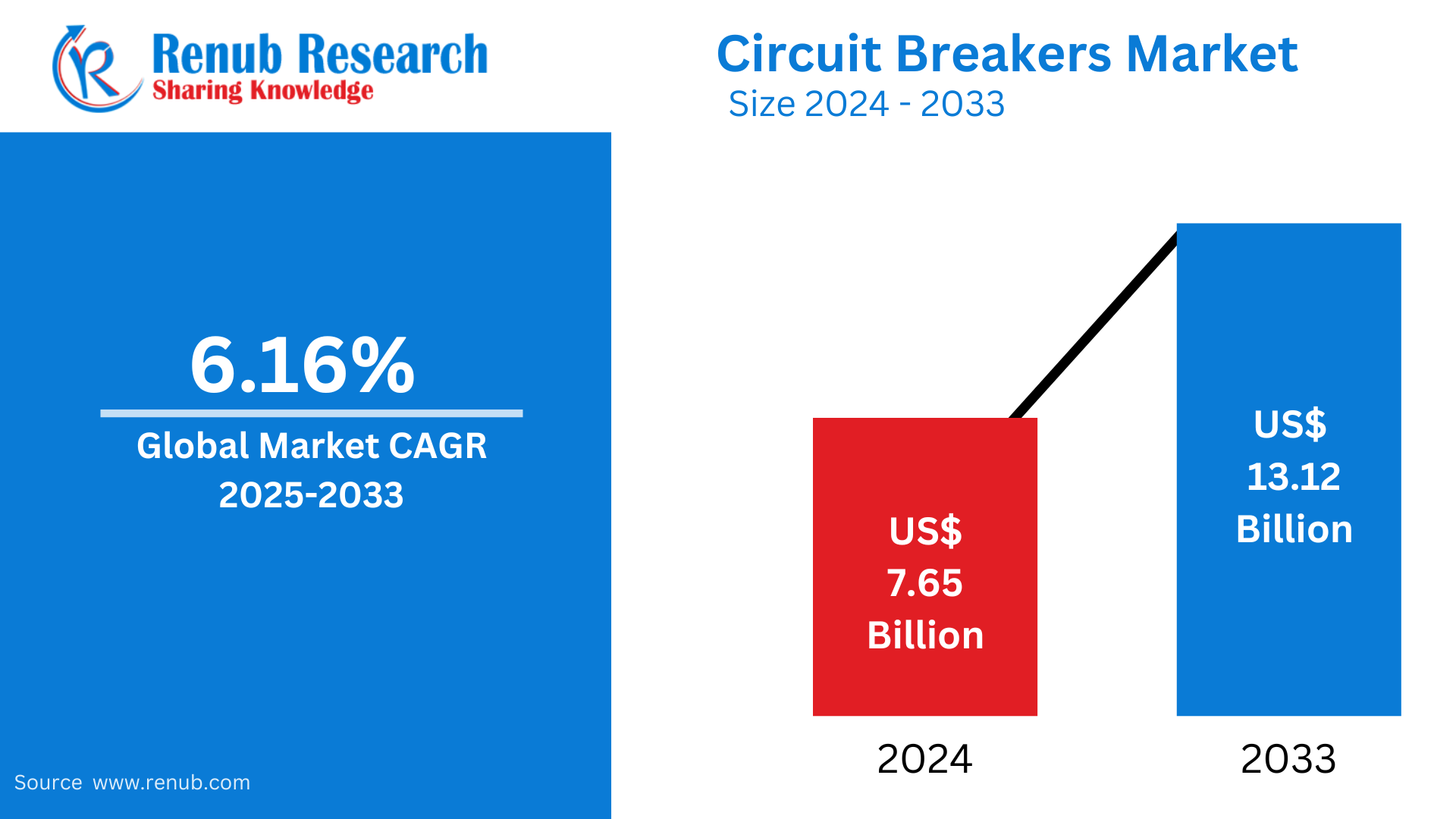Modernizing Water Utilities in Underserved Communities

In too many underserved communities, water utility systems operate like they're stuck in a time capsule. Outdated infrastructure, manual readings, infrequent maintenance, and minimal data insight all compound into an inefficient—and at times unsafe—reality. Residents pay the price through unreliable service, poor water quality, and preventable disruptions.
Yet within this challenge lies a powerful opportunity.
Modernizing these systems doesn’t require an overhaul that breaks budgets or takes years to implement. With the right technologies, utilities in under-resourced areas can leapfrog legacy systems, gaining the kind of real-time control and visibility previously reserved for large municipalities. The shift begins with smarter, scalable, and often surprisingly affordable solutions.
Let’s walk through how forward-thinking utility operators are doing just that—quietly transforming communities from the ground up.
The Cost of Operating in the Dark
Imagine trying to manage a water utility with limited staffing, no live data, and equipment that’s decades old. That’s the norm in many underserved regions. Technicians often drive long distances just to take manual meter readings or inspect pump stations. Meanwhile, problems like leaks, tank overflows, or supply inconsistencies go undetected until damage is done.
The result? Revenue losses, frustrated customers, and overwhelmed teams. These utilities aren’t just short on resources—they’re short on time, insight, and options.
But what if they could see their system in real time? What if they knew when a pipe began losing pressure or a tank was nearing capacity without setting foot on site?
This is where technologies like remote water level monitoring change the game. By installing sensors in storage tanks, wells, and reservoirs, even small utility providers can start receiving continuous, actionable data. It’s not about fancy dashboards—it’s about knowing what’s happening before something goes wrong.
Making Small Changes That Scale Big
One misconception is that modernization has to be an all-or-nothing effort. It doesn’t. In fact, the most successful upgrades in underserved areas often begin with the smallest step: one station, one sensor, one piece of equipment brought online.
From there, the data reveals what to fix next.
If a rural utility installs a smart pump controller and notices extreme energy spikes every day at 3 a.m., they can correct a timing flaw that’s been costing thousands in power bills. Or if a remote monitoring sensor shows a tank level dropping faster than expected, they might catch a leak before it becomes a rupture.
These incremental insights lead to strategic actions. Over time, they add up to system-wide efficiency—and confidence.
Empowering People, Not Just Technology
Modernization isn’t just about sensors and software. It’s about enabling the local teams that keep these systems running. By reducing the need for constant site visits, remote technologies free up staff to focus on higher-priority tasks. Fewer emergencies, fewer miles driven, and less guesswork mean technicians can be more proactive and less reactive.
And let’s not overlook what this means for recruitment. Small utilities often struggle to attract and retain skilled workers. But offering newer tools and training pathways builds both pride and longevity. When you empower local workers with modern technology, you’re investing in the future of that community.
Resilience Where It Matters Most
Underserved doesn’t mean unimportant. In fact, many of these communities are located in geographically challenging areas—prone to drought, flooding, or extreme weather. These are precisely the places where resilience matters most.
By layering in smart monitoring and alert systems, utilities can respond to changes faster. A sudden pressure drop during a freeze might signal a pipe at risk of bursting. A rising tank level during a storm might trigger overflow protection. These aren’t luxuries—they’re lifelines.
And because modern systems can often be managed remotely, emergency response doesn’t have to wait for physical access. With cloud-based platforms and mobile-ready tools, teams can diagnose, coordinate, and act in real time—even from miles away.
Bridging the Digital Divide
There’s a fear in some utility circles that modernization widens the digital divide. That only large, urban systems can afford to go digital. But we’re starting to see the opposite.
Vendors and developers are increasingly focused on solutions tailored for small-scale operations. Modular platforms, solar-powered sensors, and cellular communication protocols make it possible to bring modern capability to even the most remote corners. These are plug-and-play tools designed to meet systems where they are—not where the industry wishes they were.
And the investment pays off. With better monitoring comes better billing accuracy, less water loss, and improved customer trust. That trust creates community buy-in. And that buy-in often opens doors to grants, funding, or partnerships that keep the modernization effort moving forward.
Transparency Builds Equity
One of the most underrated benefits of modernization is transparency. In communities where water quality or reliability has historically been a concern, having data available—not just to the utility, but to residents—builds trust.
Imagine a public-facing dashboard that shows current tank levels, water pressure ranges, or recent quality reports. That kind of openness turns utilities into community allies rather than distant bureaucracies. And in places where systemic neglect has created justified skepticism, this is a critical turning point.
When people know their water is being actively monitored, and that someone is watching out for their wellbeing, it changes how they feel about the service—and the people who provide it.
The Future Can Start Anywhere
Here’s the truth: modernizing water utilities in underserved communities doesn’t require waiting for ideal conditions. It doesn’t need million-dollar budgets or sprawling IT departments. What it needs is a shift in mindset—from maintenance to management, from reaction to prediction, from isolation to connection.
It starts with asking a simple question: “What can we see right now, and how can we see more tomorrow?”
From that question grows a network of small steps. And those small steps can bring big, lasting change—one data point, one smart valve, one tank sensor at a time.
These communities may be underserved. But with the right tools, they don’t have to be underpowered.







